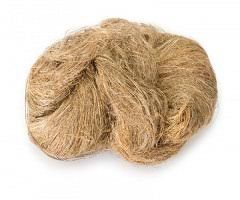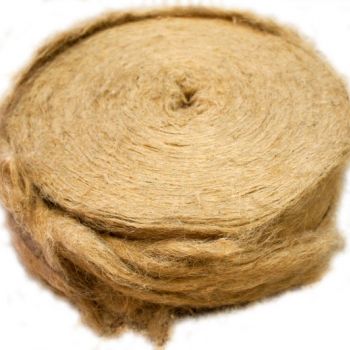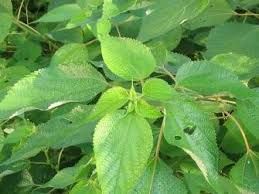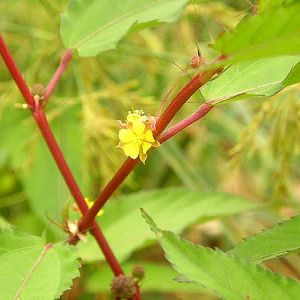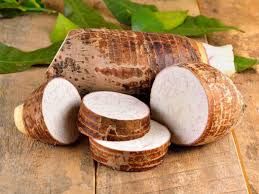INDUSTRIAL CROPS
Ramie (urticales)
Ramie is a flowering plant in the nettle family Urticaceae, native to eastern Asia.
Ramie is one of the oldest fiber crops, having been used for at least six thousand years, and is principally used for fabric production. It is a bast fiber, and the fiber used for textiles comes from the inner bark (phloem) of the vegetative stalks and not the woody stem or outer bark.
Despite its strength, ramie has had limited acceptance for textile use. The fiber's extraction and cleaning are expensive, chiefly because of the several steps—involving scraping, pounding, heating, washing, or exposure to chemicals. Some or all are needed to separate the raw fiber from the adhesive gums or resins. Spinning the fiber is difficult due to its brittle quality and low elasticity; and weaving is complicated by the hairy surface of the yarn, resulting from lack of cohesion between the fibers. Greater utilization of ramie may depend upon development of improved processing methods and the need to find plastic alternatives.
It is used for making resistant ropes and absorbents due to 20% moisture retention of ramie fibers.






